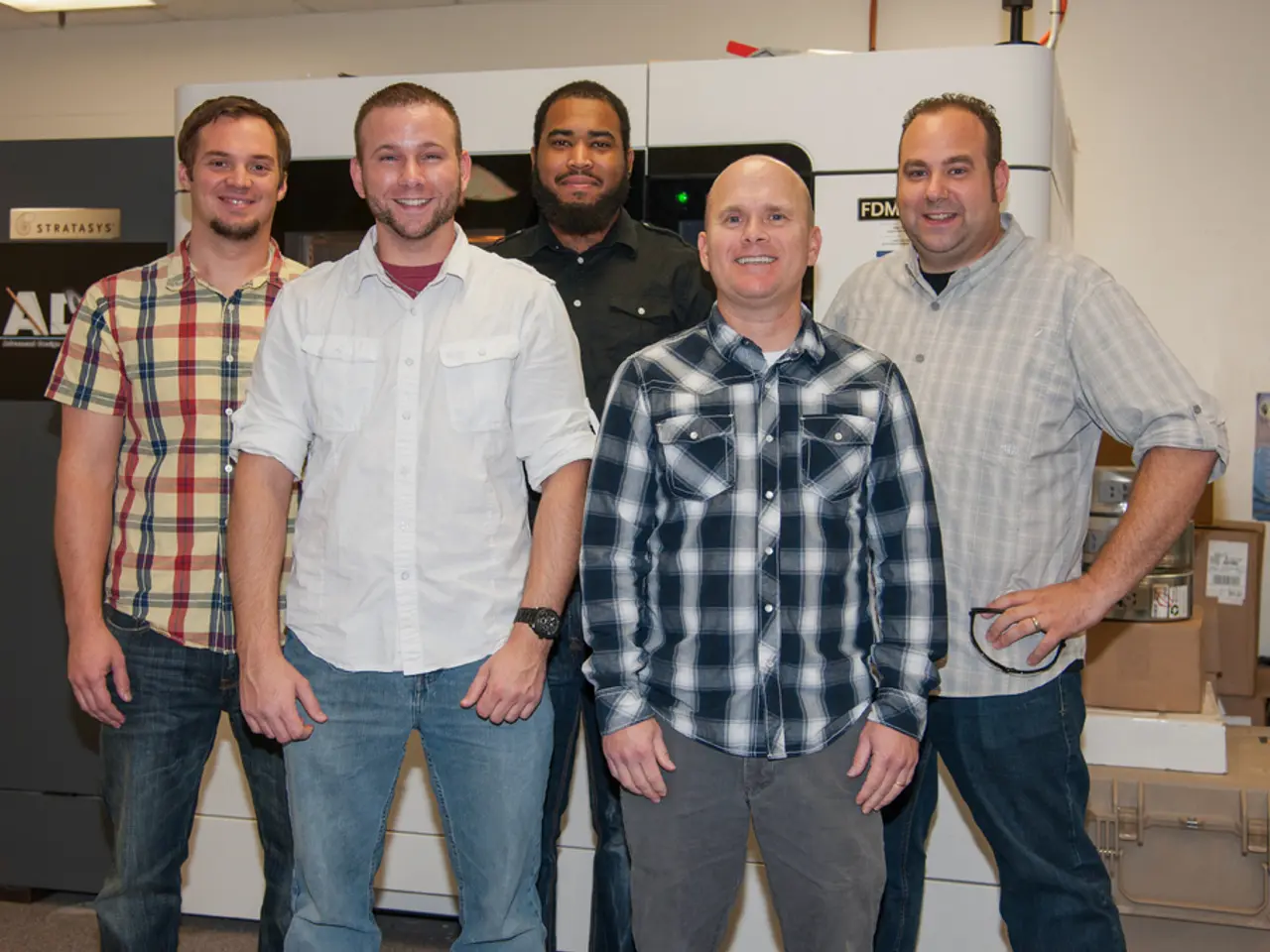Orbital Fuel Shift - Definition and Comprehensive Discussion - Aerospace Terminology and Propulsion Guidebook
Orbital Propellant Transfer: The Future of Space Missions
Orbital propellant transfer, a promising technology in the world of rocketry and propulsion, is set to revolutionize the way we conduct space missions and explore the cosmos. This innovation holds the key to longer-duration missions, reduced costs, and increased efficiency in space operations.
As we look to the future, orbital propellant transfer is expected to become more common and widespread, enabling the construction and maintenance of large structures in orbit, such as space stations or habitats. This technology could potentially transform human space exploration and scientific discovery, opening up new possibilities for distant planet and asteroid missions.
However, there are regulatory and legal challenges associated with orbital propellant transfer. Issues related to liability, insurance, and international cooperation must be addressed in order to enable the widespread adoption of this technology for space missions.
The development of the necessary technologies and infrastructure to support orbital propellant transfer includes the development of specialized spacecraft and equipment for transferring propellant in microgravity conditions, as well as the development of protocols and procedures for conducting safe and efficient propellant transfers.
Orbital propellant transfer has the potential to revolutionize space missions and enable new capabilities, such as refueling spacecraft in deep space for distant planet and asteroid missions. It can also enable the servicing and repair of satellites and other spacecraft in orbit.
The Orbital ATK Mission Extension Vehicle (MEV) is a spacecraft that has successfully demonstrated the ability to extend the operational lifespan of satellites in geostationary orbit by refueling them. Similarly, Orbit Fab has deployed the first operational orbital fuel depot, the Tanker-001 Tenzing spacecraft, launched into a sun-synchronous orbit carrying high-test peroxide, a green propellant. This represents the world’s first functional gas station in space.
Orbital propellant transfer can extend the operational lifespan of spacecraft, enabling longer-duration missions. However, any errors or malfunctions during the orbital propellant transfer process could result in the loss of valuable propellant or damage to the spacecraft.
Orbital propellant transfer typically uses a tanker spacecraft and a receiver spacecraft for the transfer process. It involves transferring liquid propellants like liquid hydrogen or liquid oxygen between spacecraft. This process requires precise control and coordination between the two spacecraft for safe and efficient transfer.
As technologies continue to advance and the challenges associated with orbital propellant transfer are addressed, we can expect to see this technology play an increasingly important role in the future of space exploration. The continued development of docking mechanisms, fuel types, and standardized refueling ports is central to these advancements.
While nuclear thermal propulsion and other advanced propulsion technologies promise reductions in transit time and mission flexibility beyond low Earth orbit, their integration with orbital propellant transfer systems will further enhance future space exploration capabilities.
The Robotic Refueling Mission (RRM), a technology demonstration mission by NASA, has successfully demonstrated the ability to transfer propellant between spacecraft in orbit using robotic arms and tools. This is just one example of the exciting advancements in orbital propellant transfer technology.
As we move forward, the potential of orbital propellant transfer technology is vast, with ambitions to create fully reusable spacecraft supported by orbital refueling, which is key to extended missions to the Moon, Mars, and beyond. SpaceX CEO Elon Musk has identified orbital refueling as the next major engineering challenge for the Starship program, highlighting the complexity of docking two large spacecraft in orbit to transfer propellant.
Overall, orbital propellant transfer is transitioning from experimental to operational capabilities, with a clear trajectory toward becoming a critical infrastructure for space exploration and satellite sustainability. This technology will enable reusable spacecraft, reduce launch mass requirements by allowing refueling in orbit, and support longer and more flexible deep space missions.
- Space exploration and scientific discovery may be significantly advanced with the widespread adoption of orbital propellant transfer technology, allowing for new possibilities in planet and asteroid missions.
- The development of robotic arms and tools for transferring propellant between spacecraft, as demonstrated by NASA's Robotic Refueling Mission, is a key component in the evolution of orbital propellant transfer from experimental to operational capabilities.




